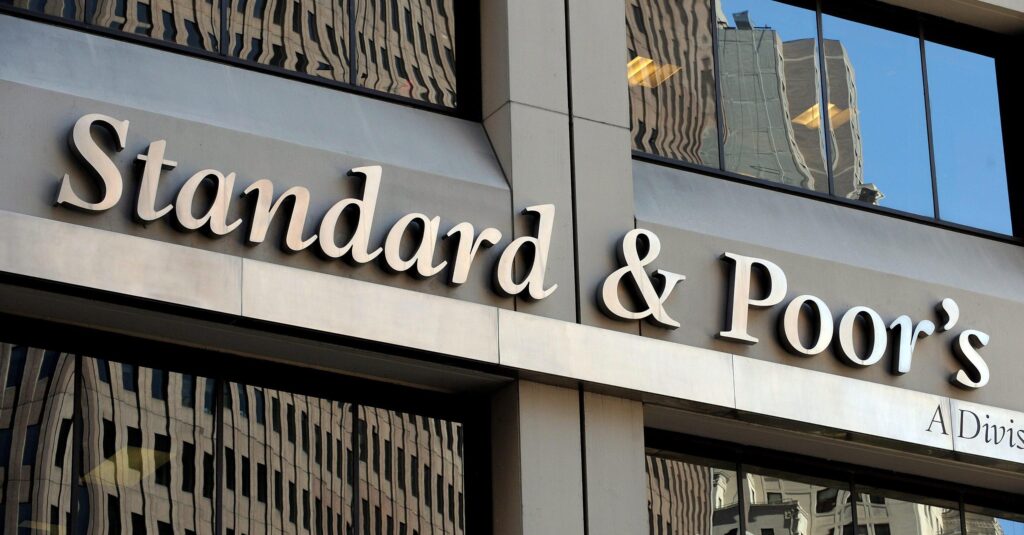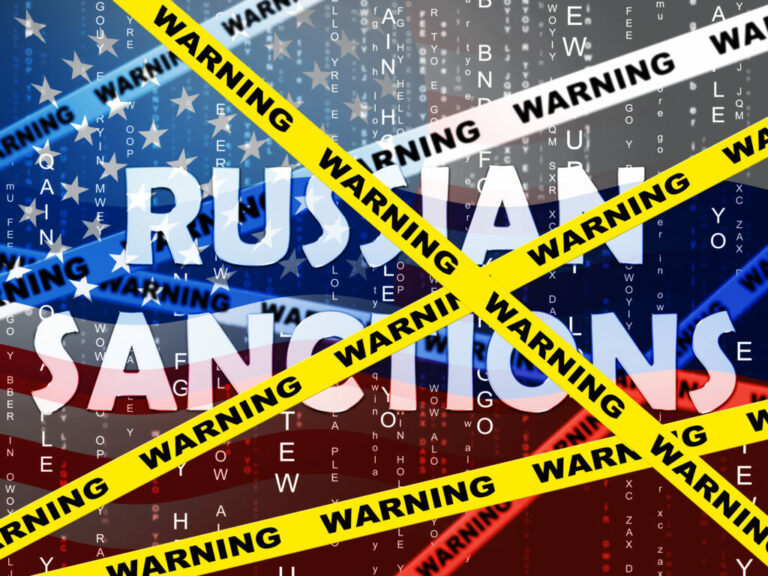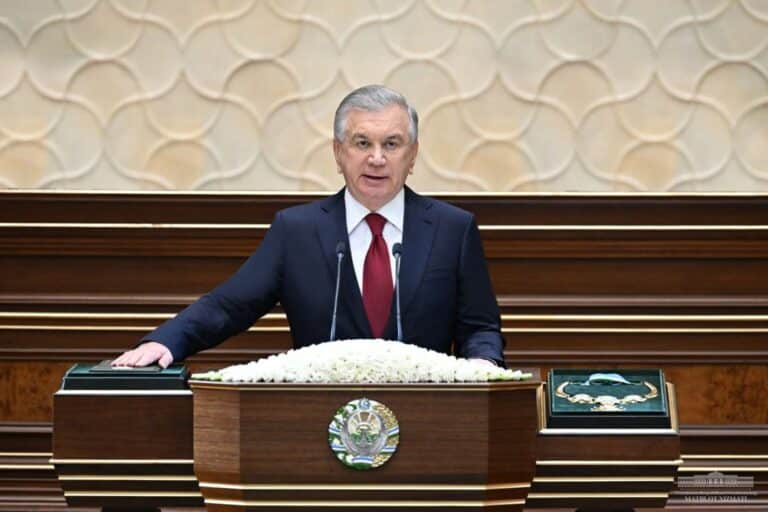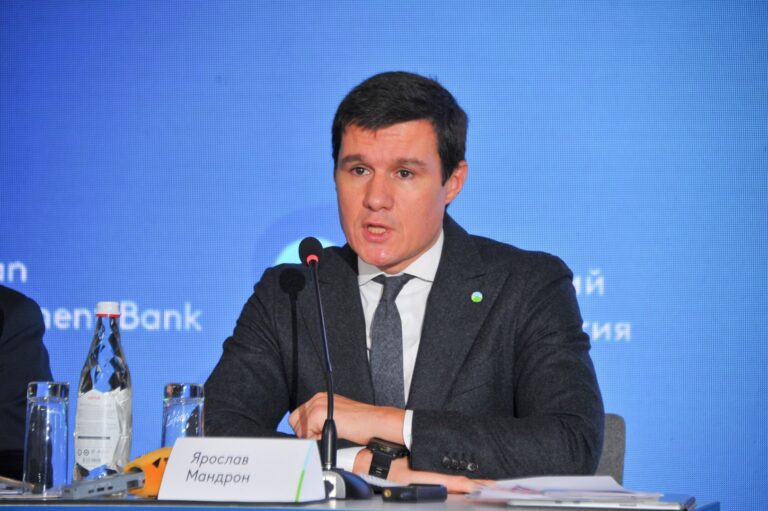
S&P Global Ratings has upgraded Uzbekistan’s long-term sovereign credit rating from “BB-” to “BB” with a stable outlook, pointing to stronger economic reforms, steady growth and much higher foreign currency reserves.
The upgrade covers both foreign and local currency debt. Short-term ratings stay at ‘B’ and the transfer and convertibility assessment has been raised to ‘BB+’.
S&P says Uzbekistan’s economic policy has improved since 2017, when the country began liberalising its exchange rate and opening markets. The government has been cutting energy subsidies by raising electricity and gas tariffs towards cost-recovery levels and is moving, though slowly, to privatise state-owned companies and prepare for World Trade Organization membership in 2026.
The agency expects Uzbekistan’s economy to grow by about 6.3% a year between 2025 and 2028, supported by strong household demand and large public investments in energy, mining and infrastructure. GDP per capita is projected at around $3,500 in 2025, up from $2,000 in 2019, although still low by global standards.
Record gold prices have become a major support for the rating. Gold and other metals make up about 40% of exports. Central bank reserves have more than doubled since 2023 to around $59 bn by end-October 2025, equal to 44% of GDP, with gold accounting for most of these holdings.
Government debt remains moderate compared with many emerging markets and is mainly long term on concessional terms from official lenders. S&P forecasts net general government debt will rise to about 35% of GDP by 2028 as investment continues, but interest costs should stay relatively low.
At the same time, S&P warns about several risks. Uzbekistan runs a structural current account deficit and is now a net importer of gas. The economy is highly exposed to gold prices and to Russia, which is the main destination for Uzbek migrant workers and a key trade partner. Any fall in remittances, new sanctions linked to Russia or weaker commodity prices could pressure public finances and the external position.
The outlook is stable because S&P believes strong growth and a still-manageable debt burden balance these risks. The rating could be cut if fiscal and external deficits widen more than expected or if investment projects fail to deliver the planned economic gains. An upgrade is possible if budget and external gaps narrow without harming growth.













